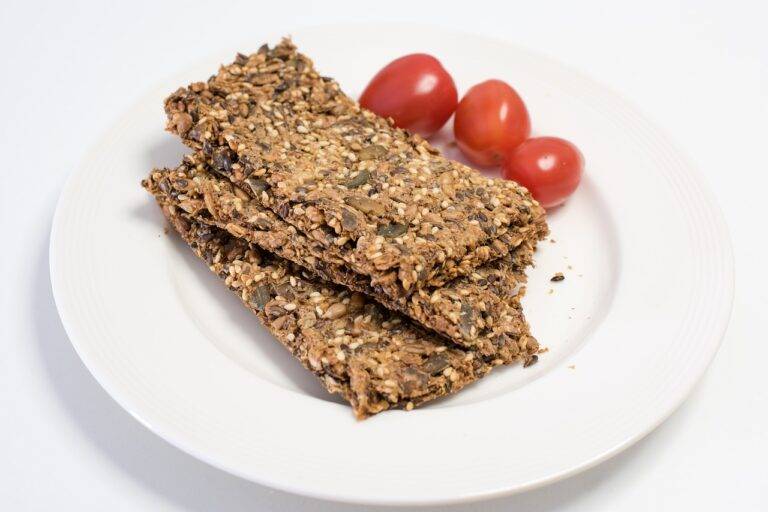Eco-Friendly Hiking Essentials: Equipping Responsibly for Outdoor Lifestyles
When embarking on a hiking or camping trip, staying hydrated is crucial for a safe and enjoyable experience. Along many trails, you may come across designated water stations where you can refill your water bottles. These stations are typically equipped with potable water sources, ensuring that you can replenish your supply without worrying about contamination.
It is important to plan your route accordingly to ensure that you have access to these water stations at regular intervals. Consider carrying a map or guidebook that highlights the locations of these stations so that you can stay hydrated throughout your journey. Remember to bring a reusable water bottle to minimize waste and reduce your environmental impact while refilling at these convenient stops along the trail.
– Choosing a bottle with a built-in filter for safe drinking water
When embarking on a hiking or camping trip, ensuring access to safe drinking water is essential for your well-being. One effective way to guarantee clean water while on the go is by choosing a bottle with a built-in filter. These innovative bottles come equipped with filtration systems that can remove harmful bacteria and contaminants, providing you with potable water wherever you roam.
The built-in filter in these specialized bottles works by trapping impurities as water passes through, leaving you with refreshing and safe drinking water. By investing in a bottle with a built-in filter, you eliminate the need to carry bulky water purification gear, making your outdoor adventures more convenient and enjoyable. Additionally, these bottles are reusable, environmentally friendly, and a cost-effective choice for ensuring hydration on your outdoor excursions.
• One of the key advantages of choosing a bottle with a built-in filter is the convenience it offers.
• These bottles are designed to be lightweight and easy to carry, making them ideal for hiking, camping, or traveling.
• The filtration system in these bottles can remove harmful pathogens such as bacteria and protozoa, ensuring that you have access to safe drinking water wherever you go.
• By using a bottle with a built-in filter, you can reduce your reliance on single-use plastic bottles, helping to minimize plastic waste and protect the environment.
Packing a Solar-Powered Charger:
When heading out on a hiking or camping trip, packing a solar-powered charger can be a game-changer. Not only does it provide a reliable source of power for your electronic devices, but it also allows you to stay connected and navigate with ease while exploring the great outdoors.
A solar-powered charger is lightweight and easy to transport, making it an essential item for those looking to stay powered up on their adventures. By harnessing the power of the sun, you can keep your phone, camera, or GPS device fully charged, ensuring that you have access to important information and communication capabilities no matter where your journey takes you.
How do I refill my solar-powered charger at water stations along the trail?
To refill your solar-powered charger at water stations along the trail, simply locate a water source and use it to fill up the charger’s reservoir.
What should I consider when choosing a bottle with a built-in filter for safe drinking water?
When choosing a bottle with a built-in filter for safe drinking water, consider factors such as the type of filter (e.g. activated carbon, UV, etc.), the flow rate of the filter, and the size/capacity of the bottle.
How long does it take to charge a solar-powered charger using sunlight?
The charging time for a solar-powered charger using sunlight can vary depending on factors such as the strength of the sunlight, the size of the solar panels, and the capacity of the charger. It is recommended to leave the charger out in direct sunlight for several hours to ensure a full charge.





